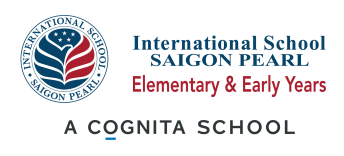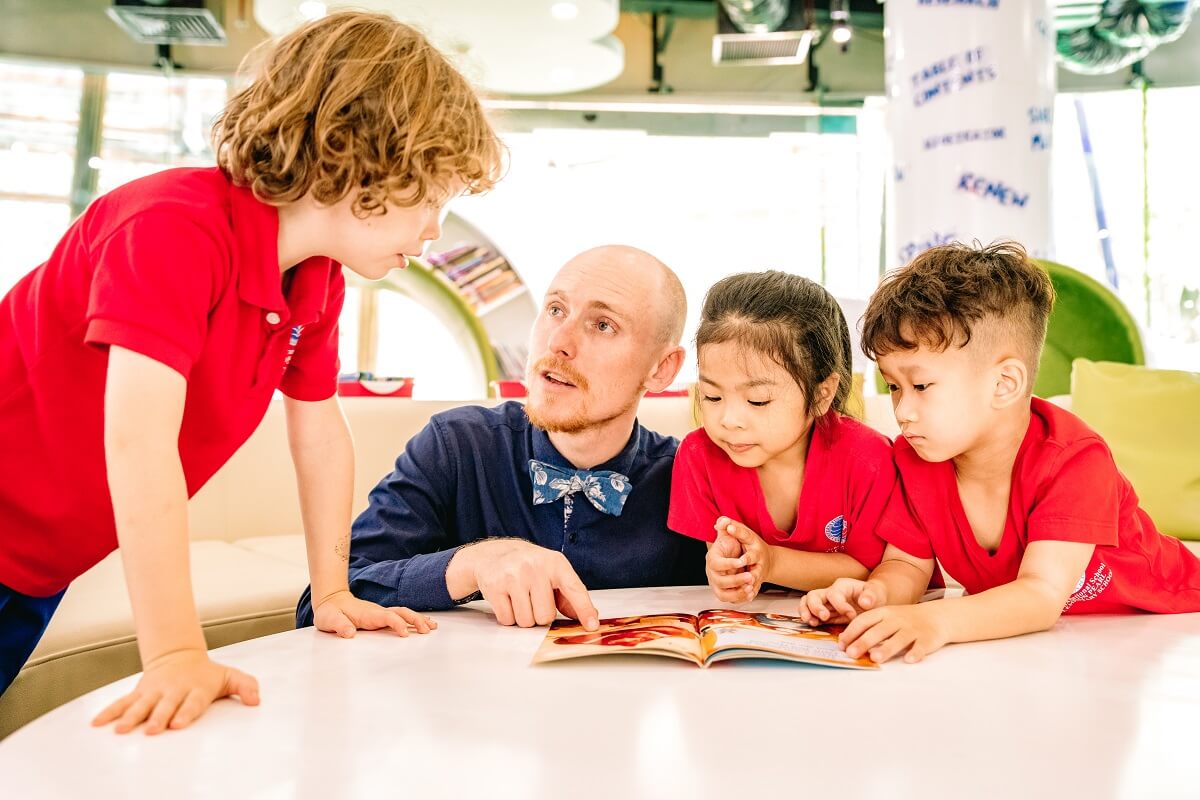There is a wide range of approaches towards language learning, however, for most students, immersion programs, in particular, have proved the most reliable. So what exactly is a language immersion program?
There are two ways to classify immersion programs, the first being ‘language submersion’, which is bilingual language training where two dialects are utilized for showing an assortment of subjects, including math and science, or social examinations. At that point, there is ‘complete submersion’ which is the point at which the student is an educational environment where the main language utilized is the one they are attempting to learn.
The research of language advancement in early youth shows that the youthful cerebrum has a surprising ability to learn new languages. Etymologists concur that unknown dialects are best educated in the early years of life, and language immersion is the absolute best strategy for learning and teaching a different language. Researchers have recorded improved academic performance in reading, thinking, and math in elementary students who have become fluent in two different languages.
Since children learn languages much better at an earlier age, immersing and teaching students in a new language provides a powerful vehicle for students to talk, read and write fluidly in both languages by fifth grade. Additionally, these students also develop cultural literacy alongside these cognitive improvements.
Language immersion understudies profit from the capacity to speak with individuals from assorted linguistic and cultural environments. Likewise, their scholastic accomplishment is commonly at or over their single-language peers. Research covering over 40 years of language submersion shows that children get an assortment of psychological advantages, for example, mental adaptability, critical-thinking, and upgraded basic reasoning abilities.
But, what does immersion look like? Trick question: an early youth immersion program looks simply like any other nursery, kid care, or preschool program. There’s no distinction among immersion and what goes on in any other kid-focused learning setting besides teachers playing with, speaking, and reading to the kids in the new language. When toddlers are 100% immersed, they comprehend the language in just a couple of months, and, before a year’s over, they are speaking it — not because of any special language methods, but since that is just the way in which the young mind works. At the point when they arrive at kindergarten, kids start learning how to read, write, and perform simple arithmetic in two languages, since that is when educators teach them in both languages. When they arrive at secondary school, they’re fully fluent in both languages. Significantly, they can communicate in the target language without an accent — an enormous advantage.
For guardians who are still uncertain of the advantages of language immersion, it is best to refer to the work of Heather Singmaster, executive of the Center for Global Education at the Asia Society: “Parents regularly ask me if immersion is right for their child. I almost unequivocally say yes — years of research show that immersion language programs give children a leg up academically — this applies regardless of the socio-economic or ethnic background of a child. Students at “below-average levels of academic ability” have been shown to succeed in immersion programs and will learn a second language better. Not to mention that speaking a second language is a distinct advantage when seeking a job and can result in higher pay.”
If you want to learn more about language immersion and how it works at ISSP – the credible and high-quality international school of Ho Chi Minh City, please contact our admissions team for further assistance.







